Why Your Business Needs Responsive Web Design

You want to read an article that recently caught your attention because of its compelling headline. You opened the link on your smartphone. Your expectations are high.
But wait…
Do you have to zoom in to make sense of the content on your small screen?
Do you put effort into reading it or will you switch back to the search engine to find a link that offers better content on your screen?
The latter is the obvious option.
With the growing number of smartphone users, it’s become more important than ever to have a site that responds according to users’ expectations.
If your site failed to do so, you probably know well by now how it backfires.
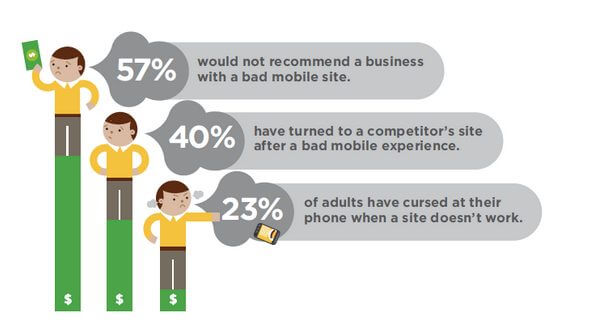
But how do you create a user-responsive design?
Responsive design is your answer.
So… What is Responsive Design?
As the name suggests, responsive design is a design that stands up to your users’ expectations. It makes your website look good and well-fitted to all types and sizes of devices.
The design and structure of a responsive website is the perfect solution to your customers’ expectations as it adapts well to the different resolutions across devices.
Plus, you don’t need to create multiple versions of websites for mobile and desktop. Instead, a single responsive website plays various roles depending on the type of devices users are coming from.
But Why do You Need Responsive Design?
In 2015, Google introduced a mobile-friendly update to its search engine algorithms signaling a website’s mobile presence as an essential ranking factor. The rise of mobile web traffic till today alone is enough to justify why any business needs a responsive design.
Besides, there are many reasons why your organization receives 4-sided benefits from responsive web design. The list is too big to cover in one article, so we compiled a list of the top 6 reasons to have a responsive web design to upscale your business for current and future trends.
Let’s dive in.
1. Mobile Viewers Outnumbering Desktop Viewer
Do you know that over 50% of web traffic comes from smartphone users internationally?
Statista predicts worldwide smartphone users will reach 3.8 billion by 2021, which is up from 2.5 billion in 2016.
No doubt, all the facts, and statistics are pointing towards the trend of small-screen devices.
This means that websites not optimized for smaller screen devices often experience a massive decline in search engine traffic and rankings. This means users don’t find them anymore.

Get weekly insights for revenue-shifting results
Sign up for our newsletter and be the first one to know about our exclusive offers, digital marketing news and updates.
|
|
Thank you for Signing Up |


As you already know, smartphones are scoring well above desktop visits, but most mobile users are abandoning unresponsive sites at first glance.
In fact, 76% of users admitted that if the site functions well and runs smoothly on their smartphone, they are more likely to revisit it.
Overall, if your prospects open your website on their mobile and end up closing it within 3 seconds because they couldn’t view content properly, you need responsive design.
2. Google + SEO-Friendly Site
Google considers the responsiveness of a website and has even stated that search engine rankings favour responsive sites over non-responsive ones.
One fact worth mentioning is that responsive design makes it a lot easier for search engines like Google to crawl your website and reduces the chances of errors with on-page SEO.
Not having a responsive website is a simple explanation for a lack of Google traffic you’re your declining ranking. Unfortunately, without a responsive design, many of your potential leads are turning to competitors offering excellent user experience. Before it gets too late, take the step now and turn your website into a responsive, SEO-friendly site.
3. Enhanced User Experience
Responsive websites load faster than non-responsive ones. They consist of a technology that displays websites on all devices with content that adapts quickly to different screen sizes. They behave as if you have created multiple versions of a single site for each device, giving your users a personalized experience based on their device choice.
Non-responsive sites, on the other hand, squeeze content into small screens, which takes more time to process and compromises the content quality.
Responsive web design eliminates all the problems created by non-responsive sites like poor user experience, higher loading times and small, difficult-to-read content. Responsive designs appeal to the ever-shrinking patience of mobile and tablet users who are not willing to wait for more than 3 seconds for your site to load its content.
Responsive sites offer an unbeatable user experience by loading sites in the least time possible. Thus, it results in leaving a positive impression among users of your brand. Because of the fast response from the site, users feel valued and are more likely to revisit the site.
4. Easy Management
Many businesses, especially small ones, can’t spare much time to update or refresh their website every now and then. At the same time, they can’t afford to hire costly services of web designers to take care of all aspects of the website. And, if you have different versions of a site for desktop and mobile, the cost of management skyrockets.
Responsive design is one of the most cost-effective solutions. Making changes to adopt a responsive design is as easy and smooth as spreading butter on bread. Also, whatever changes you make, you don’t have to worry about making the same changes in multiple versions. Responsive design takes care of everything automatically after you are done editing the design or updating the blog.
Additionally, with one website working at the center of your online business, managing other marketing elements becomes more accessible than ever.
So, when updating a social media button or redirecting a link, you don’t have to wonder whether all users (mobile users and desktop users) are enjoying your new changes or not. Responsive design eliminates the management stress of your business website.
5. Decrease in Bounce Rate
Is your website falling prey to a high bounce rate?
Non-responsive websites are one of the many reasons behind a higher bounce rate.
High bounce rate signals to Google that perhaps your website is not as relevant as it should be when it comes to solving users’ problems or answering their questions. Content is usually not to blame. Slower and non-responsive websites are the main reason behind users landing on your website and leaving it as soon as it fails to load. This entire scenario negatively impacts your search engine rankings.
Design plays a vital role in the user experience of your website. No matter how great your content is, if it fails to fit properly in small screen devices, users are not going to strain their eyes or wait longer to load its content. They know that they have other options waiting in the search engines’ list to explore and enjoy for a more seamless user experience.
The responsive design never makes users wait or zoom in. It makes websites adaptable to all sized devices without affecting the content quality.
6. Increase in Leads and Conversion
A large news media organization was fidgeting with the thought of whether to invest in responsive design or not. To decide, they A/B tested with a responsive and non-responsive site where the goal was to increase the number of free trial sign-ups.
Here’s the proof revealing which website design won the game:
The conversion rate hiked up by 56% from the implementation of responsive design.
Responsive design makes it easier for website visitors to find what they are looking for without zooming in, waiting, or straining their eyes. The more effortless the design is, the more users convert. Mixed with a lower bounce rate and better SEO rankings, you’ll get a strong, successful model of a website.
Embrace it Now
If you’re not convinced about the abilities of responsive design, give it a chance and allow it to save your time and money without compromising the quality of your website. This is a modern strategy most businesses follow to stay within budget while turning their small business into a brand.
In search for strategic sessions?
Let us understand your business thoroughly and help you
strategies your digital product.
It's time to call your business-
a brand!
Australian Owned Agency
Save Time and Money
Unbeatable Value
Where Work Gets Done

free Ecommerce SEO guide for Higher Sales & Conversion



THE ULTIMATE MARKETING GUIDE FOR LAWYERS



Youtube Ads Guide How to Advertise on Youtube



free Ecommerce SEO guide for Higher Sales & Conversion


It's time to call your business-
a brand!
Australian Owned Agency
Save Time and Money
Unbeatable Value
Where Work Gets Done



The Game-Changing Ecommerce SEO Guide That Will Blow Your Mind & Sales
With this Ecommerce SEO Guide, you'll be able to:
- Develop a Ecommerce SEO strategy.
- Build a content marketing strategy that aligns with your business goals.
- Convert your website visitors into paying customers.



Youtube ads guide how to advertise on youtube
With this Youtube ads Guide, you'll be able to:
- Develop a Youtube ads strategy.
- Build a type of ads of your own that aligns with your business goals.
- Generate revenue from youtube ads.
It's time to call your business-
a brand!
Australian Owned Agency
Save Time and Money
Unbeatable Value
Where Work Gets Done








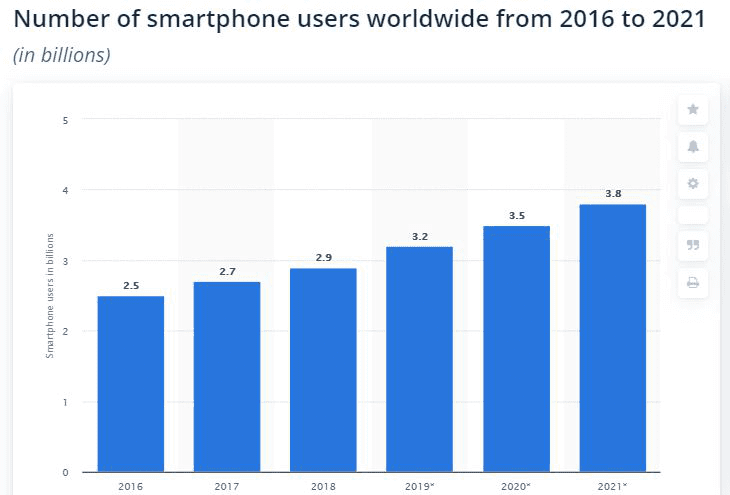
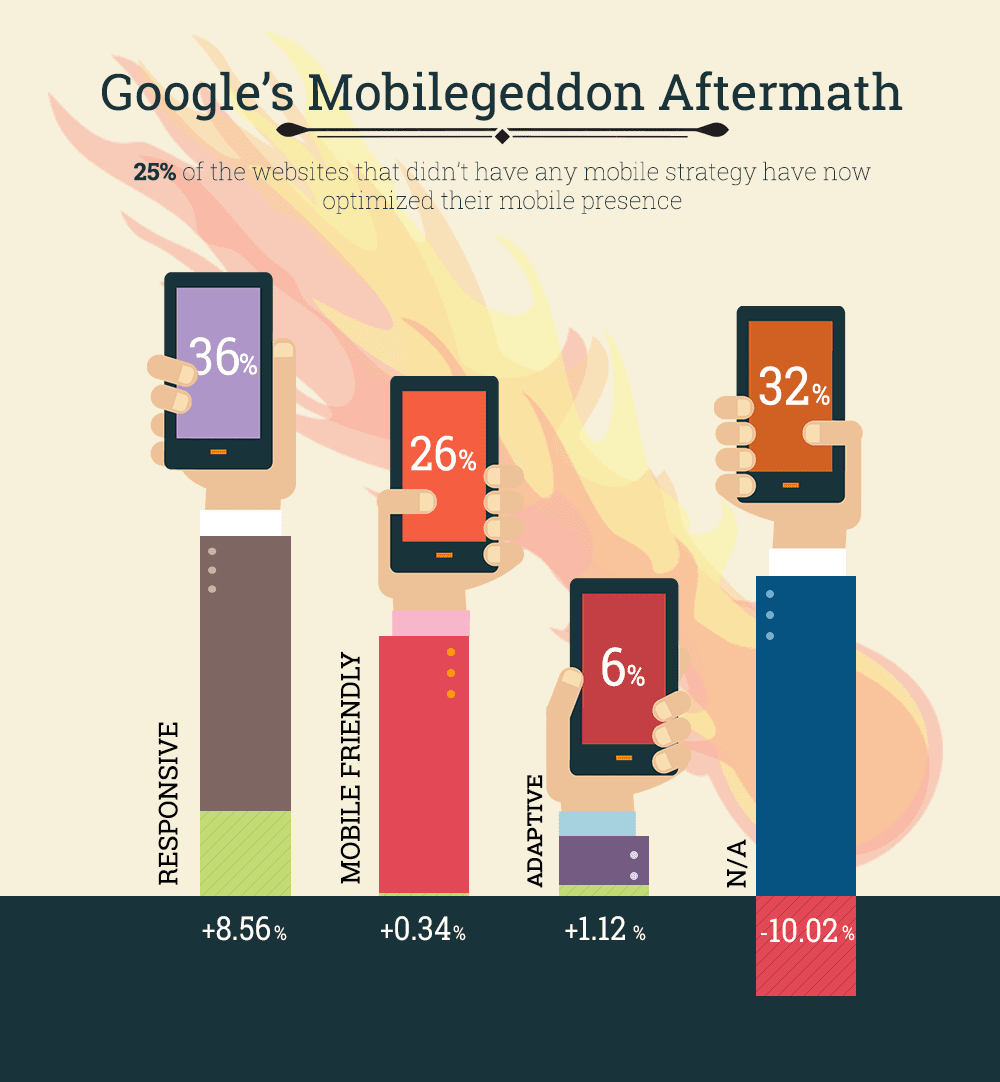
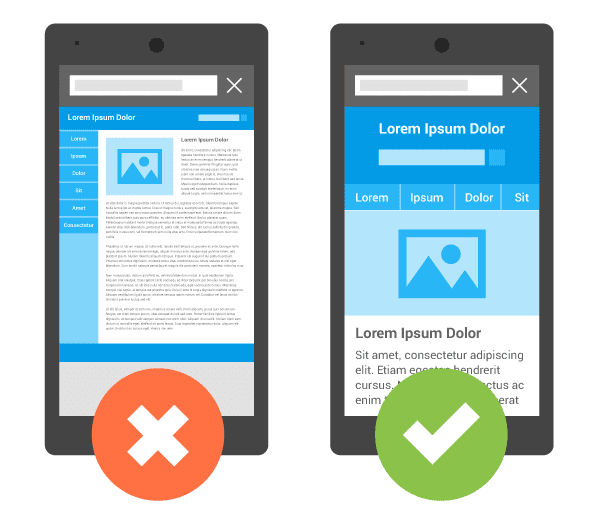
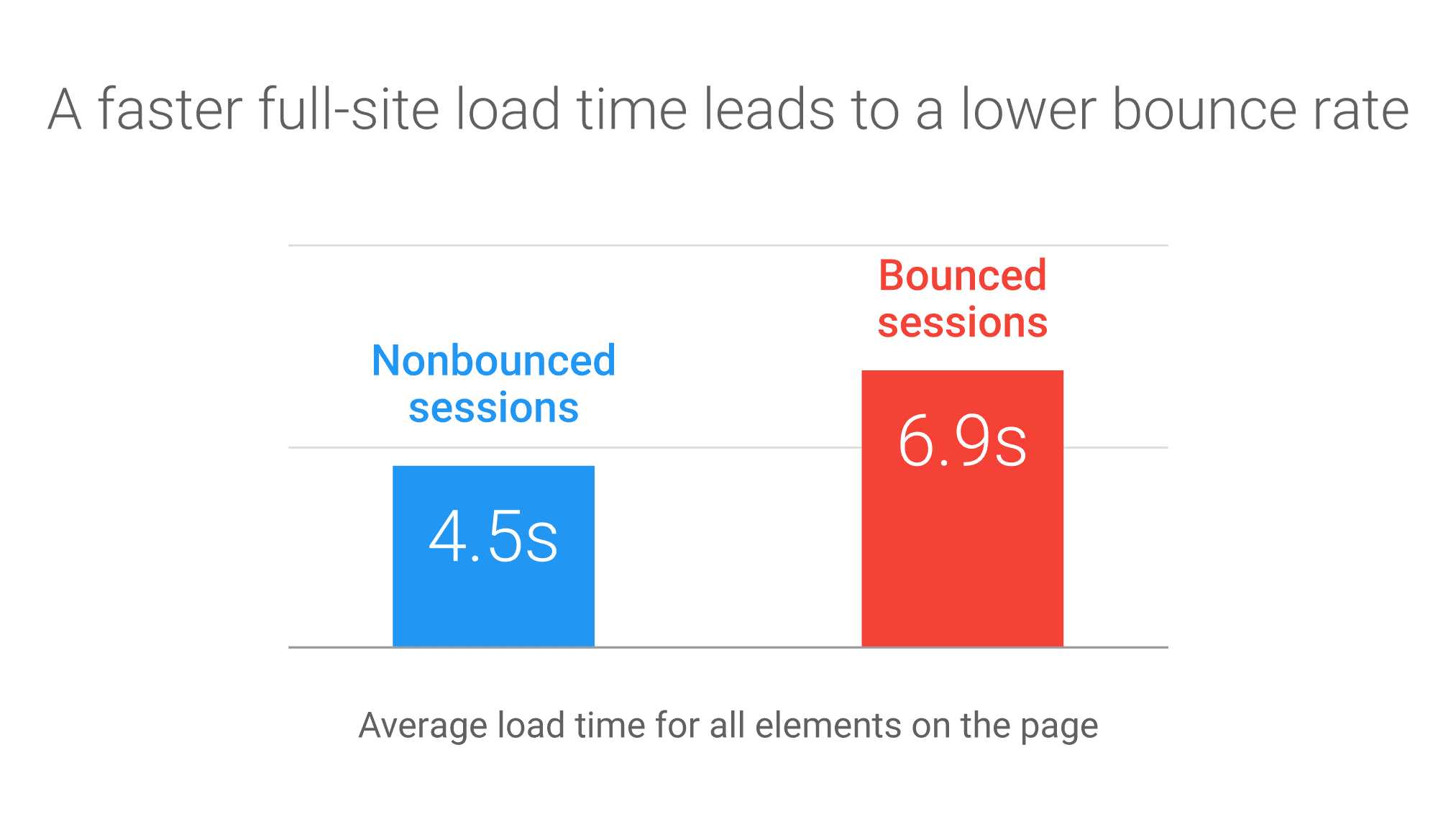
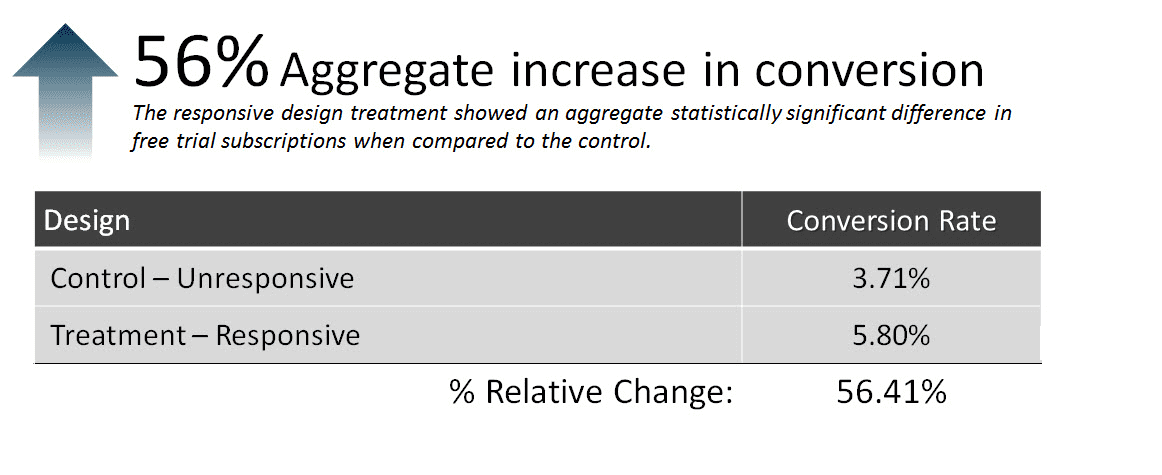

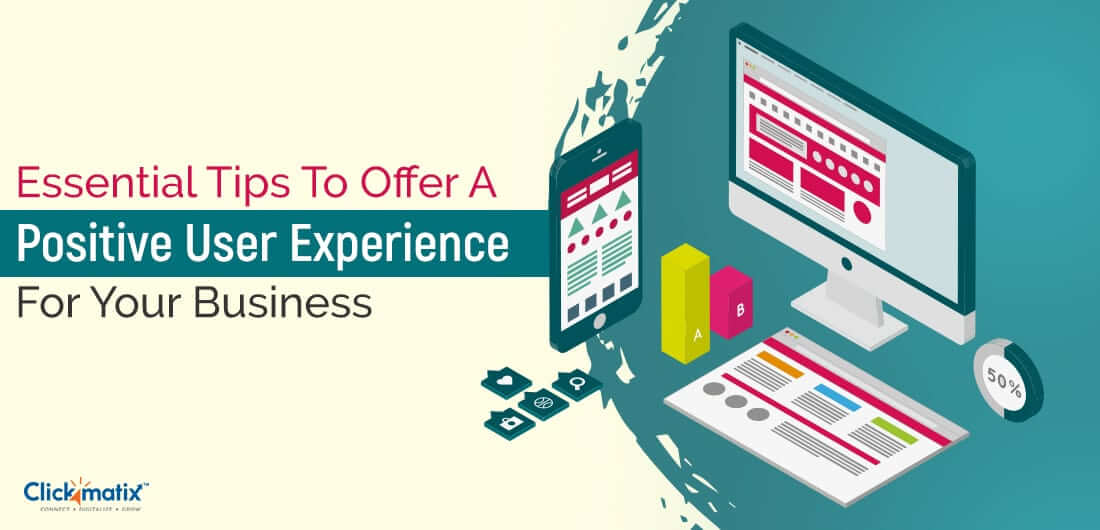


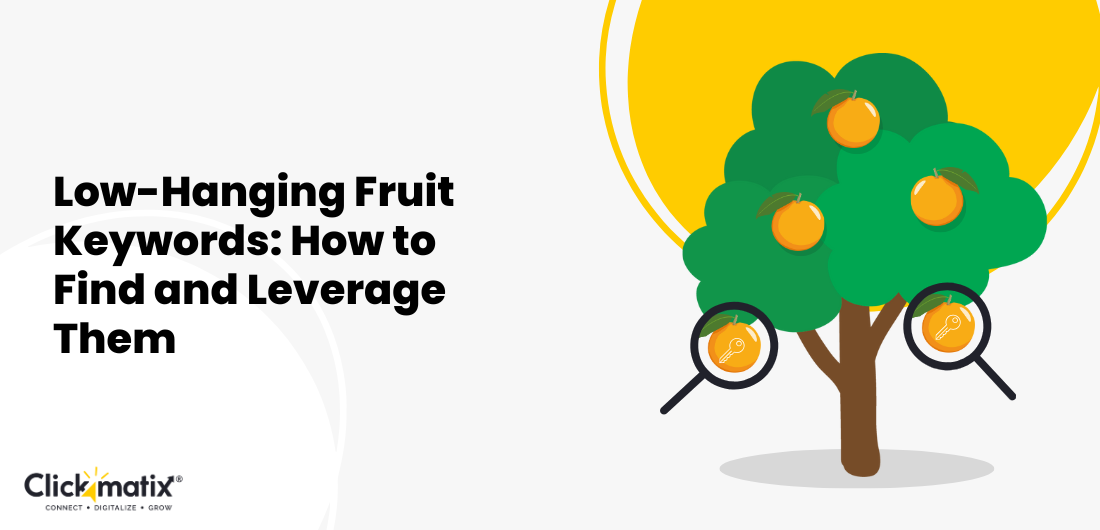
 Australian Owned Agency
Australian Owned Agency Save Time and Money
Save Time and Money Unbeatable Value
Unbeatable Value Where Work Gets Done
Where Work Gets Done